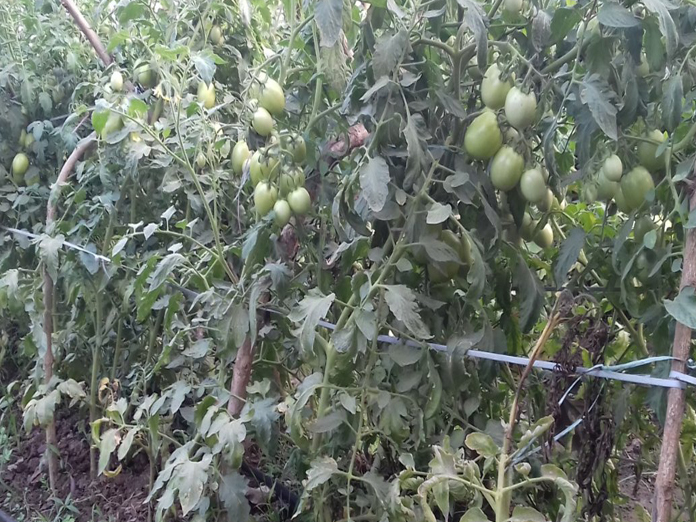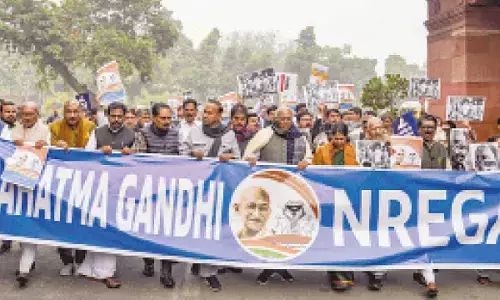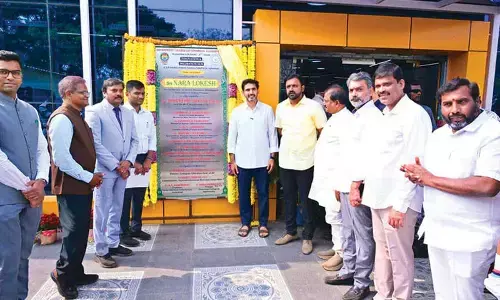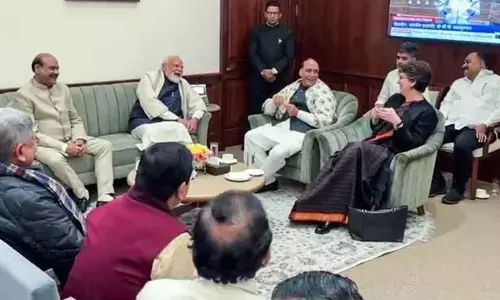Micro irrigation catches up in East Godavari

After the introduction of micro irrigation facility in 2003, it was confined to upland areas in the first decade because the available water resources are to be used for maximum benefit for agriculture, particularly horticulture crops
Kakinada: After the introduction of micro irrigation facility in 2003, it was confined to upland areas in the first decade because the available water resources are to be used for maximum benefit for agriculture, particularly horticulture crops.
However, for the last six years the facility has been extended to commercial crops like banana, oil palm, mango and vegetables and coconut in Delta and Agency areas.
In the last five years, the farmers of Kadiyam nurseries in East Godavari, famous at national level, have also opted for micro irrigation. More than 100 nurseries opted for drip irrigation with Nredcap (New and Renewable Energy Development Corporation of AP) providing solar power to run the water systems through pump sets and motors.
Kadiyam Nurseries Association president Gangumalla Satyanarayana said that the micro irrigation and solar power installations were helping them in running of nurseries smoothly as well as saving huge amount of money and electricity.
Started with a few hundred acre in East Godavari 2003, the micro irrigation reached to 30,012 hectare (Ha) covering 21,205 farmers by the end of the financial year 2017-18. During the present year of 2018-19, a total of 3,859 farmers, mostly small and marginal farmers, are availing the facility to irrigate 5,020 hectare, by the end of December.
Apart from saving on water and power, special incentives for farmers belonging to SC/ST and other backward sections with less than five acre land are also driving the spread of micro irrigation.
Under the micro irrigation programme, more area is covered through drip irrigation and the sprinkler irrigation is used depending on the need and situation.
As per the specifications of AP Micro Irrigation Project (APMIP), the subsidy on cost of micro irrigation installations for drip up to 5 acre will be maximum Rs 2 lakh or 90 per cent of the cost of installation, whichever is less.
For the farmers under Integrated Tribal Development Area (ITDA), the percentage of subsidy will be to the tune of 90 per cent up to 10 acre with a maximum limit of Rs 2.80 lakh.
For farmers of other categories, the subsidy factor will be to the tune of 70 per cent, subject to the maximum limit of Rs 2.80 lakh for coverage of five to 10 acre.
For the coverage of 10 acres (four hectare) and above, the subsidy extended is 50 per cent on cost of installation with the maximum limit of Rs 4 lakh. For sprinkler system, the subsidy to all is 50 per cent for all categories on cost of installation of the micro system.
APMIP East Godavari unit project director S Rammohan Rao said the use of micro irrigation prevents water-borne diseases and weed problem as the water doesn’t flow from place to place thereby averting the water-borne diseases. In addition, the weeds problem can also be prevented to maximum extent as there would not be flooding of fields in this mode, he said.
By L Anjaneyulu










